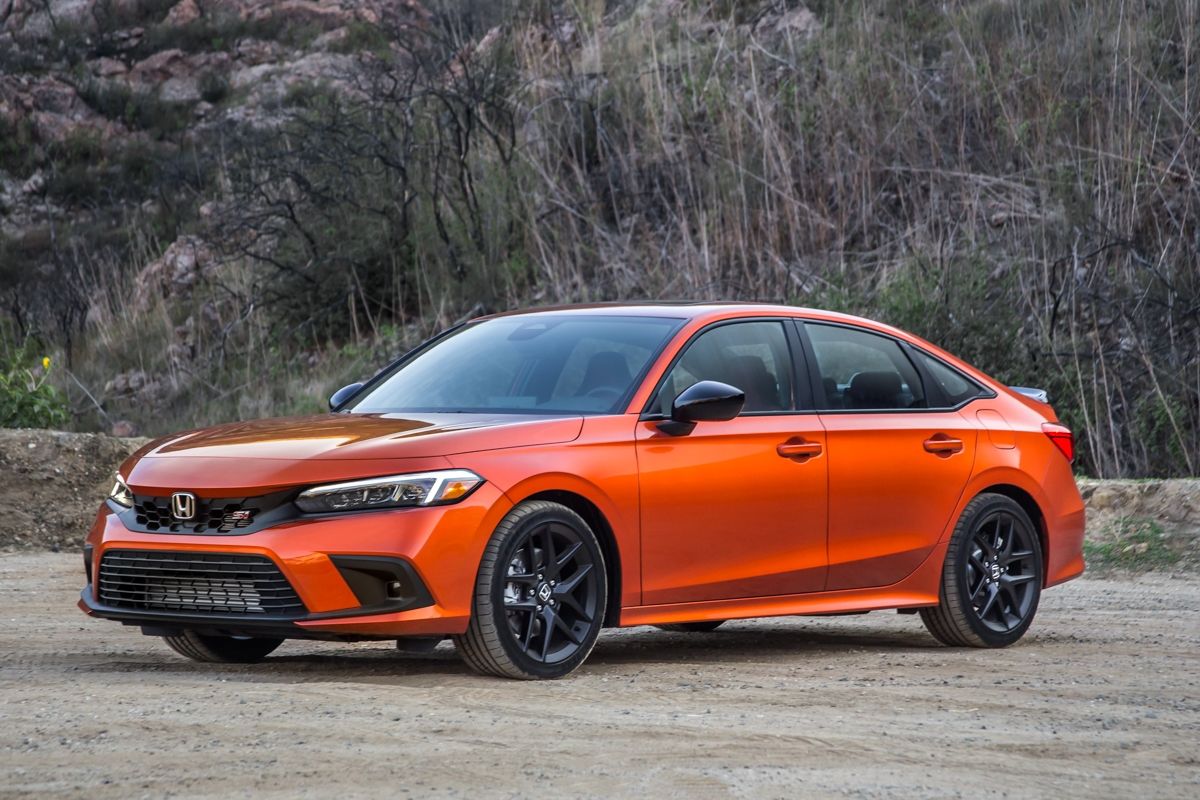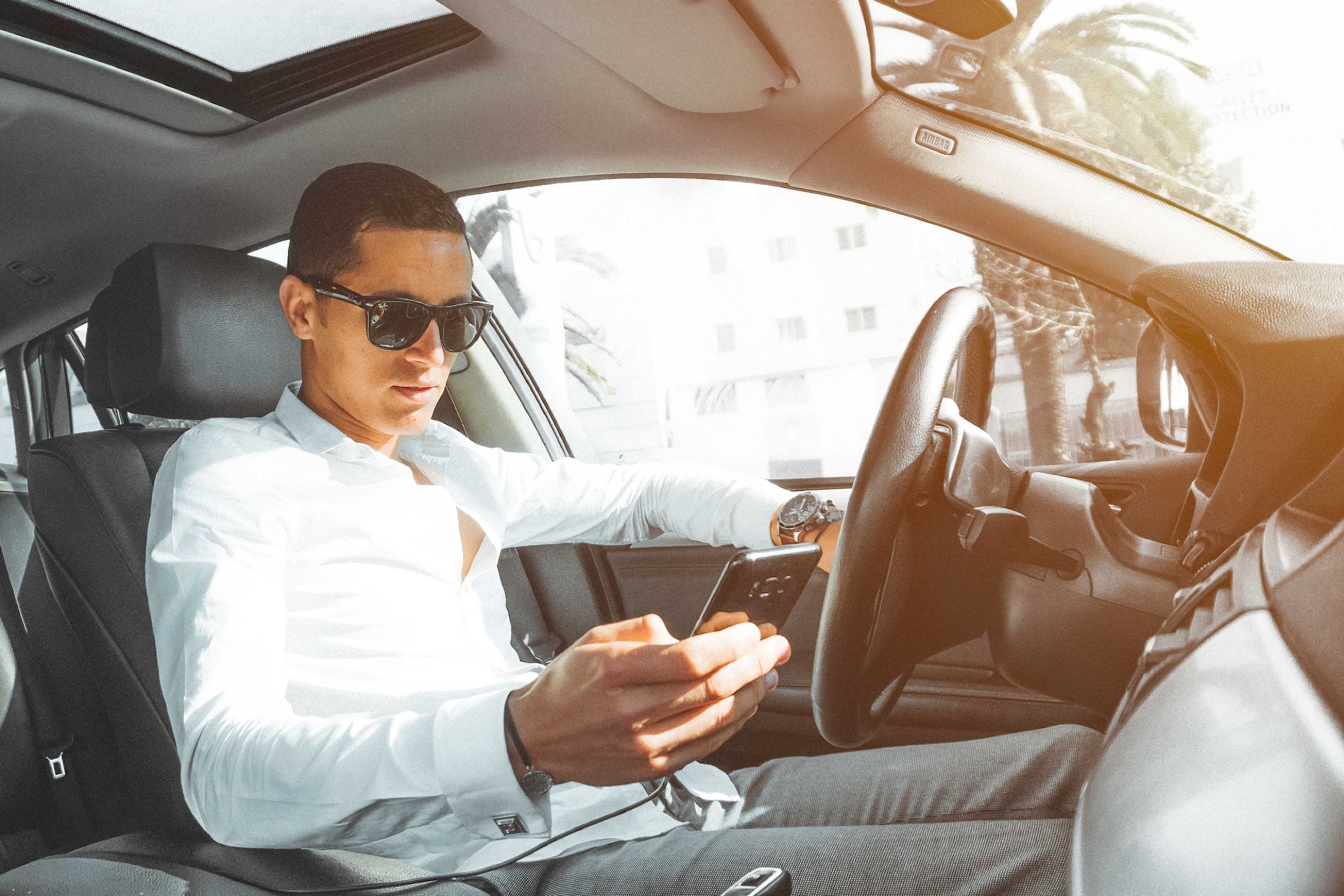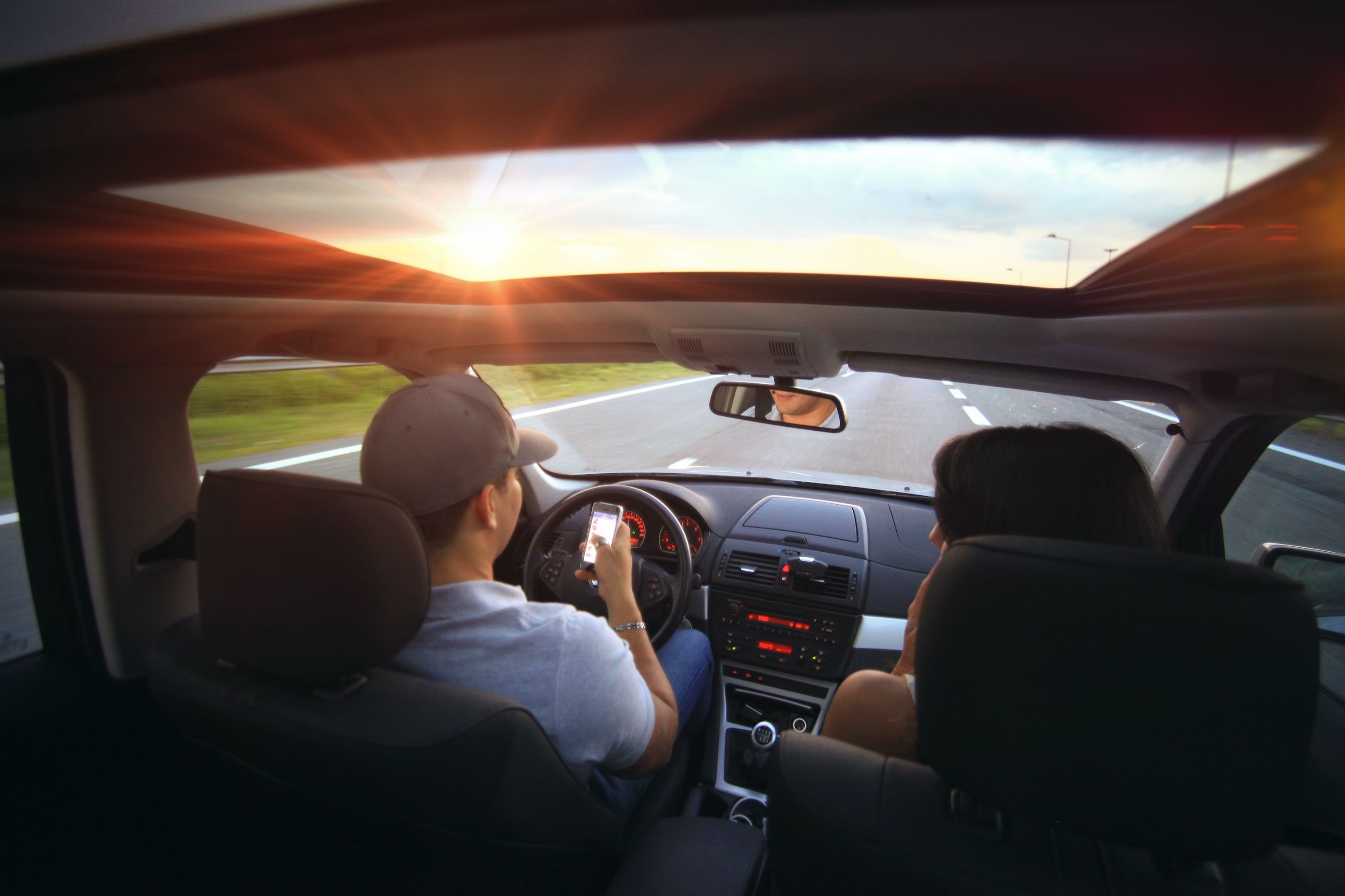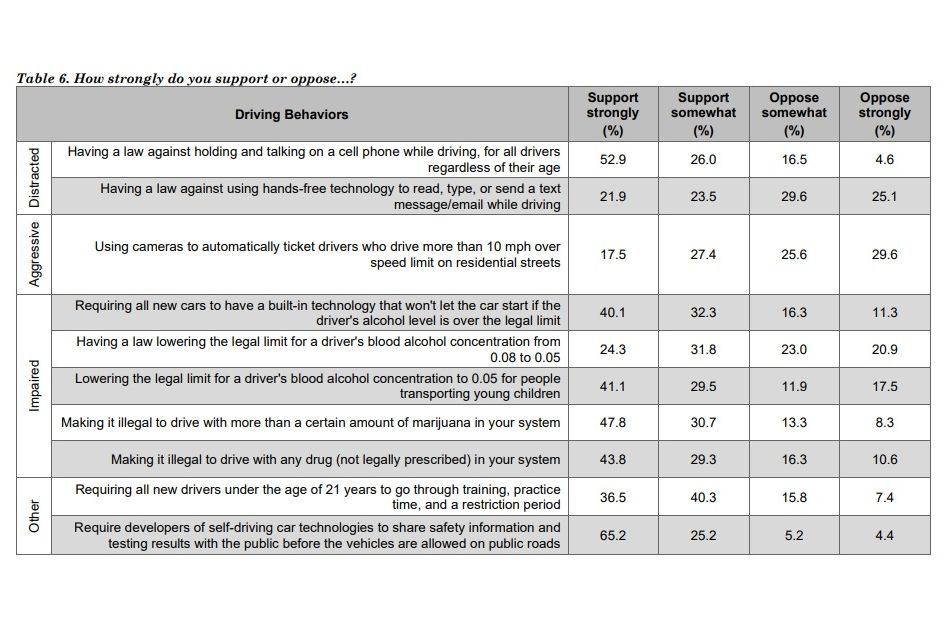
The AAA Foundation for Traffic Safety recently released the 2021 Traffic Safety Culture Index (TSCI). No, the date is not wrong. The annual TSCI report always focuses on the year before, and it takes a while to crunch the numbers.
What we appreciate about this study is that it provides insight into drivers' perspectives and the discordance between those views and what actually happens on the road.
It's best explained by using an example. Roughly 95% of the respondents acknowledge that driving while drowsy was extremely dangerous. They even took it a step further and got 99% of the respondents to admit that their families would disapprove of them driving while tired, and still, 19% were willing to accept that they had done it during the month they were surveyed.
With that in mind, let's dive straight into the biggest problem on American roads. Out of the drivers surveyed, 92% believe that texting/using a hand-held cell phone while driving is extremely dangerous. Only 77% believe that talking on the phone is dangerous, while 17% think using hands-free technology is a hazard.
Given the above figures, you'd expect zero percent of people texting and driving, but no. Roughly 26%, or more than a quarter of respondents, admitted to doing it. That figure shoots up to 36% when it comes to reading a text on the phone while driving. 57% said they'd used a hands-free technology to talk or send texts/emails while driving.
We have to say that we're not surprised with the figures related to what the AAA calls "aggressive driving behaviors." 63% of drivers believe they would likely be caught by the police for driving 15 mph over the speed limit on the freeway, yet roughly half admitted that they had done it anyway. We can relate to this. Keeping a moderately powerful car like a Honda Civic Si at 70 mph when it can do so much more (safely) is frustrating.
Thankfully, Americans don't take kindly to drunk driving. Roughly 94% believe it's extremely dangerous, and only 7% admitted to doing it. Oddly, only 65% of people thought getting high and driving within an hour of lighting the joint was extremely dangerous. This is where a huge discrepancy comes in, as 93% believed their families would not approve.
Luckily, only around 5% admitted to driving while baked.
"For each unsafe driving behavior category, the level of discordance between a driver's self-reported driving behavior and their perceptions of danger, the likelihood of apprehension, and social disapproval varied depending on the specific risky behavior," the report stated.
Basically, drivers were willing to take more risks if the perceived danger and disapproval of the behavior were low. To put it another way, driving 15 mph above the speed limit is less dangerous and less frowned upon than getting caught for a DUI.
The respondents were also asked about their support for possible laws. The most significant show of support (65.2%) was for a law that would "require developers of self-driving car technologies to share safety information and testing results with the public before the vehicles are allowed on public roads."
You can see the support for other laws in the image block below.



